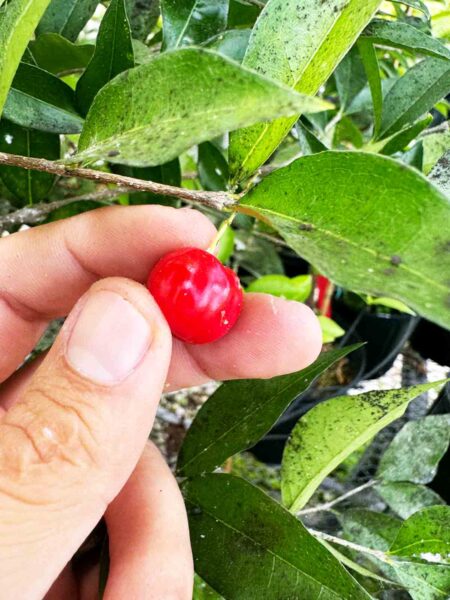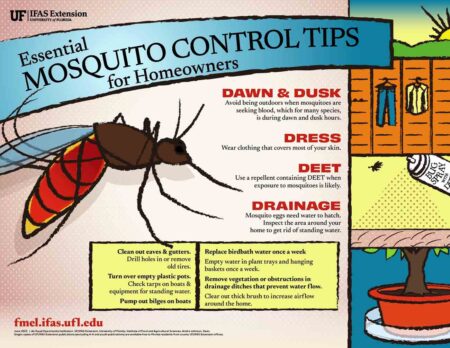NORTHWEST FLORIDA — Periods of low rainfall occur naturally in Florida. Average annual rainfall in Florida is 54 inches (greater than any other state but Louisiana). Average annual rainfall for Okaloosa County is 62 inches.
Our rainfall, however, is not evenly distributed.
Up to one-half of public water supply in Florida is devoted to landscape irrigation. Given Florida’s limited water resources, in combination with a rapidly growing population, wise irrigation practices will play an essential role in providing a sustainable water future for our state.
Proper landscape design and irrigation system standards can help save significant amounts of water and money and achieve both attractive landscapes and protection of our natural resources.
Set priorities in irrigating your landscape. Water highly visible and intensively managed areas first. Drought-sensitive plants should have high priority and grass should have lower priority.
Watering early (between 2 a.m. and 8 a.m.) while it is cooler and less windy results in less water loss from evaporation and wind drift.
On established plantings, irrigate deeply at long intervals rather than watering frequently and shallowly. Deep watering improves drought resistance by promoting deeper, more extensive root systems. Depth of watering should be six to twelve inches for turf and bedding plants and twelve inches for perennials, shrubs and trees.
One inch of irrigation wets sandy soil to a depth of about twelve inches. To determine how long it takes your irrigation system to apply ½ to ¾ inch of water, place empty coffee or tuna fish cans in the irrigated area and see how long it takes to fill them to the desired depth.
Examine your irrigation system and repair leaks promptly. Make sure the water lands on your plants and grass and not on paved areas.
Make the most out of rainwater. Turn downspouts from rain gutters towards areas with plantings. Rainwater can also be collected and stored in a rain barrel for dry spells.
Avoid excessive fertilization. Don’t fertilize or, if you do, use a low nitrogen fertilizer. Fertilization stimulates growth and increases water needs.
Raise the cutting height of turf. A higher cutting height promotes deeper rooting and maintains turf quality longer.
Add mulch to beds to reduce evaporation from soil and to moderate soil temperature, reducing stress on roots. Final depth of mulch should be three to four inches after settling.
If possible, don’t use overhead sprinklers for shrub and flowerbeds. Hand water or use trickle, drip or micro irrigation. Greater water loss can occur with overhead irrigation because of evaporation and wind drift.
Visit this UF/IFAS Extension website for more on landscape irrigation.
https://edis.ifas.ufl.edu/entity/topic/landscape_irrigation
Larry Williams is the Extension horticulture agent with the Okaloosa County Cooperative Extension Service, University of Florida. Contact Larry at 689-5850 or email lwilliams@myokaloosa.com.








